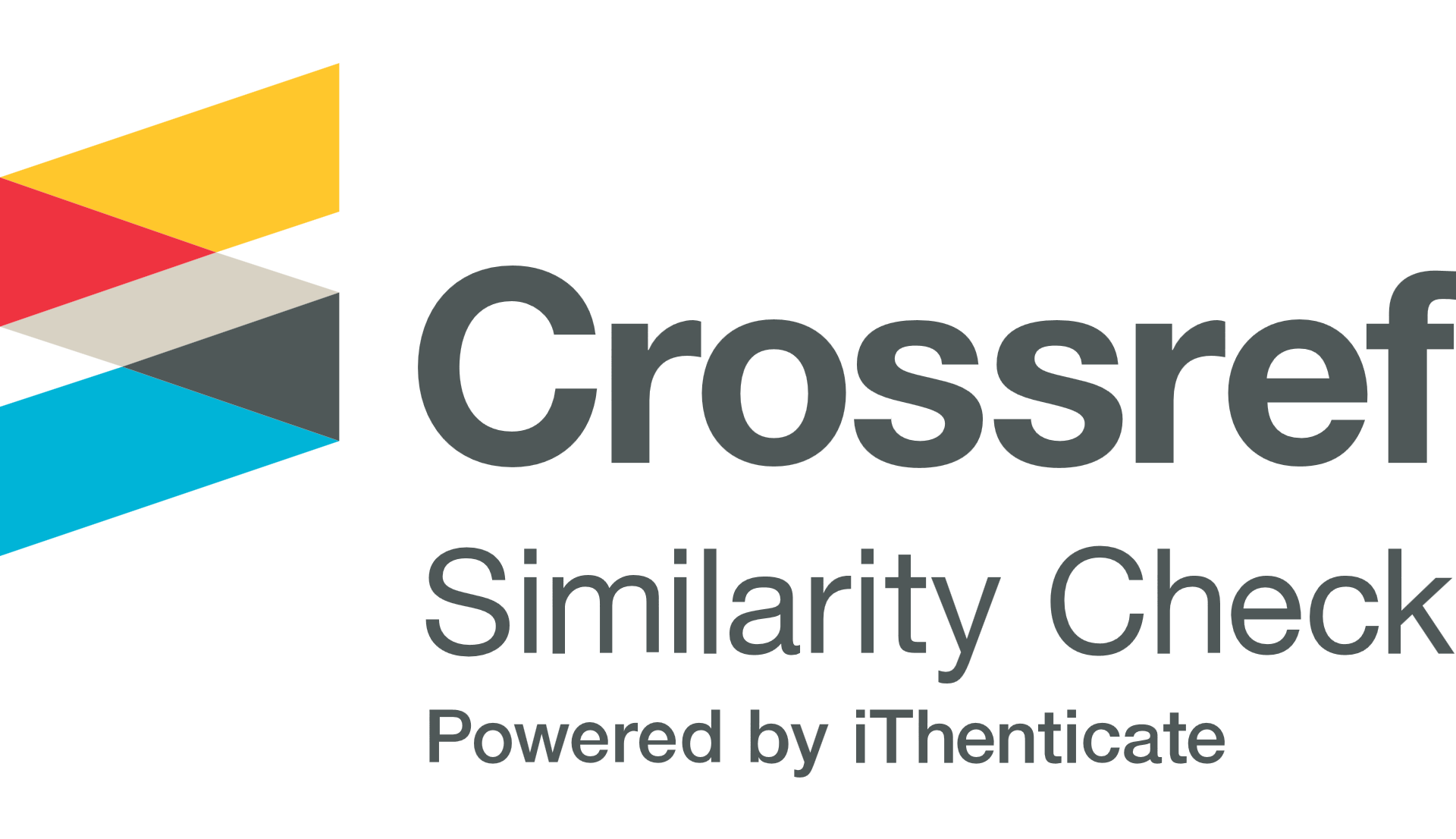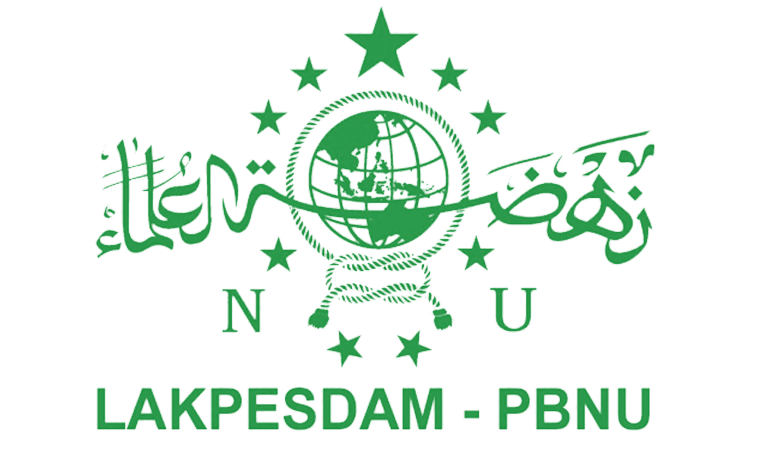RELIGIOUS HARMONY THROUGH THE DEVELOPMENT OF HOUSE OF WORSHIP BASED ON LOCAL GENIUS IN KEI ISLANDS, MALUKU
DOI:
https://doi.org/10.31969/alq.v28i2.1087Keywords:
Kei Local Wisdom, Religious Harmony, Establishment of Houses of Worship.Abstract
The establishment of houses of worship represents how religious harmony exists in a community. The practice of harmony in the establishment of a house of worship shows the harmonization of relations between people in the community. This study explores cases of the practice of harmony through the establishment of a house of worship based on local wisdom that occurred in the Kei Islands, Maluku. The problems studied include; a description of the practice of harmony in the establishment of houses of worship, optimizing the function of local wisdom in the establishment of houses of worship and the participation of various elements of society related to harmony through the establishment of houses of worship based on local wisdom. Qualitative-descriptive research with a case study approach. The case of the chosen house of worship is the establishment of the Al-Manafi Mosque, Dian Pulau (Ohoi) Village, Hoat Sorbay District, Southeast Maluku. Field findings indicate the practice of harmony in the construction of the mosque because it involves the active participation of various elements of interfaith society. In the committee structure of the mosque establishment, there are even 15 names of non-Muslim committee members. Local wisdom functions optimally as the basis that forms the practice of this harmony. Kei's local wisdom, starting from the philosophy of ain ni ain, the customary law of Larvul Ngabal, the spirit of fanganan, to the practical forms of maren (gotong royong) and yelim (helping each other) optimally work to build collective awareness and the driving force that overcomes differences in faith, until the realization of the practice of harmony. All elements and levels of society, both individually and in groups, as well as the government, gave active participation in the establishment of the Al-Manafi Mosque, so as to create the practice of harmony among religious believers through the establishment of the house of worship.
References
Aji, Ahmad Mukri. 2014. “Identifikasi Potensi Konflik Pra dan Pasca Pendirian Rumah Ibadah di Indonesia dan Upaya untuk Mengatasinya.†Mizan 2 (1): 1–16.
Apandi, Idris. 2019. Kiat Praktis Menulis Best Practice. Ciamis: Tsaqiyya Publishing.
Daniah. 2016. “Kearifan Lokal (Local Wisdom) sebagai Basis Pendidikan Karakter.†Pionir 5 (2): 135-147.
Haba, John. 2007. Revitalisasi Kearifan Lokal: Studi Resolusi Konflik di Kalimantan Barat, Maluku dan Poso. Jakarta: ICIP dan European Commision.
Hadari, Nawawi. 2003. Metode Penelitian Bidang Sosial. Yogyakarta: Gadjah Mada University Press.
Jati, Wasisto Raharjo. 2013. “Kearifan Lokal sebagai Resolusi Konflik Keagamaan.†Walisongo 21 (2): 393–416.
Kasniyah, Naniek. 2012. Tahapan Menentukan Informan dalam Penelitian Kualitatif. Yogyakarta: Ombak.
Kemenetrian Agama RI. 2019. Moderasi Beragama. Jakarta: Badan Litbang dan Diklat Kementeriann Agama RI.
Kudubun, Elly Esra. 2016. “Ain ni Ain: Kajian Sosio-Kultural Masyarakat Kei Tentang.†Cakrawala 5 (2): 163–90.
Laksono, Pm, and Roem Topatimasang. 2004. Ken Sa Faak Benih-Benih Perdamaian dari Kepulauan Kei. Yogyakarta: Insist.
Madjid, Nurcholish. 1999. Cendekiawan dan Religiusitas Masyarakat. Jakarta: Paramadina.
Moleong, Lexy J. 2007. Metodologi Penelitian Kualitatif. Bandung: Remaja Rosdakarya.
Njatrijani, Rinitami. 2018. “Kearifan Lokal dalam Perspektif Budaya Kota Semarang.†Gema Keadilan 5 (1): 16–31.
Osman, Mohamed Fathi. 2006. Islam, Pluralisme dan Toleransi Keagamaan. Jakarta: Paramadina.
Rachman, Alpha Amir. 2007. Revitalisasi Kearifan Lokal: Studi Resolusi Konflik di Kalimantan Barat, Maluku, dan Poso. Jakarta: ICIP dan European Commision.
Rahail, JP. 1993. Larwul Ngabal: Hukum Adat Kei, Bertahan Menghadapi Arus Perubahan. Jakarta: Yayasan Sejati.
Ritzer, George dan Douglas J. Goodman. 2012. Teori Sosiologi Modern Edisi Keenam. Jakarta: Kencana Prenada Media Grup.
Rohiin et al. 2009. Harmonisasi Agama dan Budaya Di Indonesia. Jakarta: Balai Litbang Agama Jakarta.
Sabara. 2015. “Merawat Kerukunan dengan Kearifan Lokal di Kabupaten Muna Sulawesi Tenggara.†Al-Qalam 21 (2): 203–2012.
———. 2018. “Kasus-Kasus Pembangunan Rumah Ibadat Pasca PBM Nomor 9 dan 8 Tahun 2006 Di Provinsi Sulawesi Utara.†Harmoni 7 (1): 28–42.
———. 2019. “Potret Kerukunan Umat Beragama Berbasis Kearifan Lokal di Desa Ohoidertawun, Kabupaten Maluku Tenggara.†Penamas 32 (1): 427–44.
Saprillah. 2015. “Pembangunan Rumah Ibadat Pasca PBM Nomor 9 Dan 8 Tahun 2006 di Kota Samaridna.†dalam Dilema Pembangunan Rumah Iabdat, Darlis (ed), 33–67. Yogyakarta: Ladang Kata.
Setiawan, Vellina Agatha. 2013. “Representasi Pluralisme dalam Film �†(Tanda Tanya).†E-Komunikasi 1 (1): 1–10.
Stake, Robert E. 1995. Case StudiesThe Art of Case Study Research. California: Sage Publication itd.
Tildjuir, Yuditha Gianti. 2017. “Ain Ni Ain sebagai Pendekatan Konseling Perdamaian Berbasis Budaya.†Universitas Kristen Satya Wacana Salatiga.
Tiwery, Weldemina Yudit. 2018. “Larvul Ngabal dan Ain ni Ain sebagai Pemersatu Kemajemukan di Kepulauan Kei Maluku Tenggara.†Sosiologi Pedesaan 6 (1): 8–15.
Wibowo, Agus dan Gunawan. 2015. Pendidikan Karakter Berbasis Kearifan Lokal di Sekolah. Yogyakarta: Pustaka Pelajar.
Yin, R.K. 2005. Case Study Research: Design and Methods (3rd Ed.). California: Sage Publication itd.
Additional Files
Published
Issue
Section
License
Authors who publish with this journal agree to the following terms:
- Authors retain copyright and grant the journal right of first publication with the work simultaneously licensed under Creative Commons Attribution-NonCommercial-ShareAlike 4.0 International License that allows others to share the work with an acknowledgement of the work's authorship and initial publication in this journal.
- Authors are able to enter into separate, additional contractual arrangements for the non-exclusive distribution of the journal's published version of the work (e.g., post it to an institutional repository or publish it in a book), with an acknowledgment of its initial publication in this journal.
- Authors are permitted and encouraged to post their work online (e.g., in institutional repositories or on their website) prior to and during the submission process, as it can lead to productive exchanges, as well as earlier and greater citation of published work (See The Effect of Open Access).















